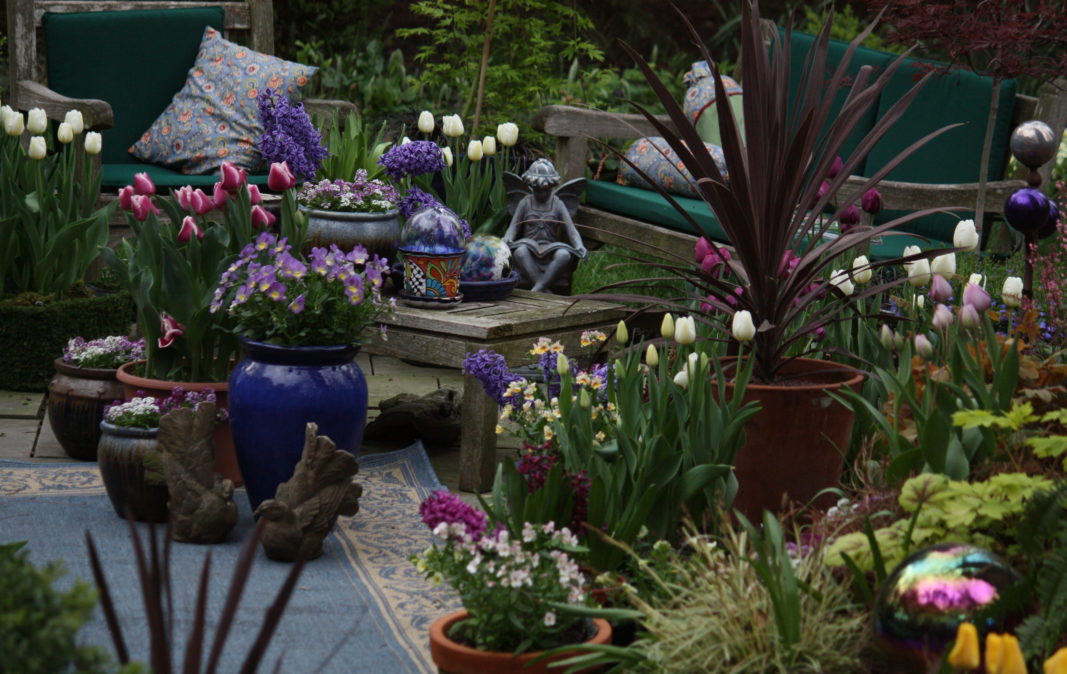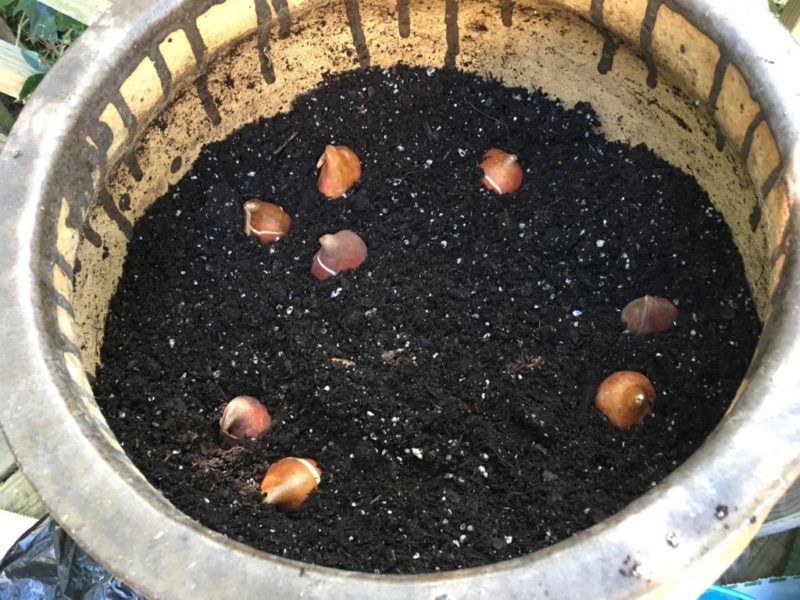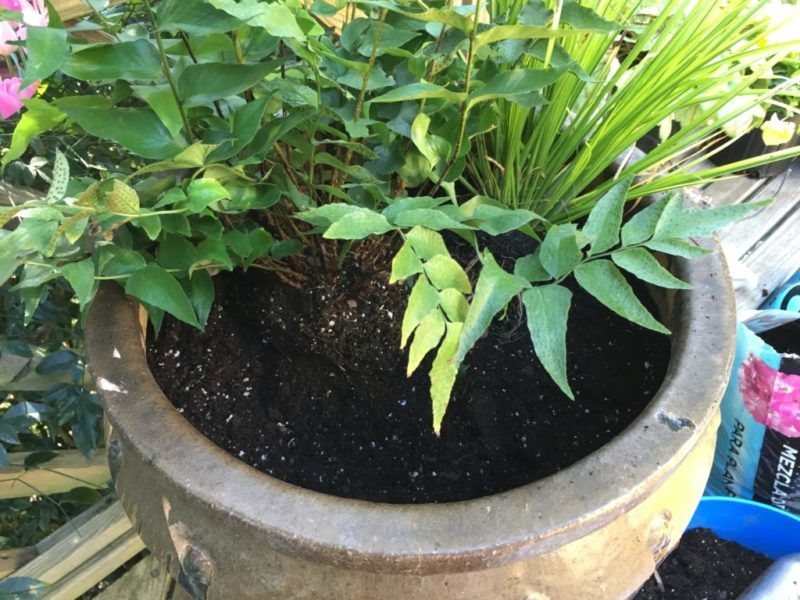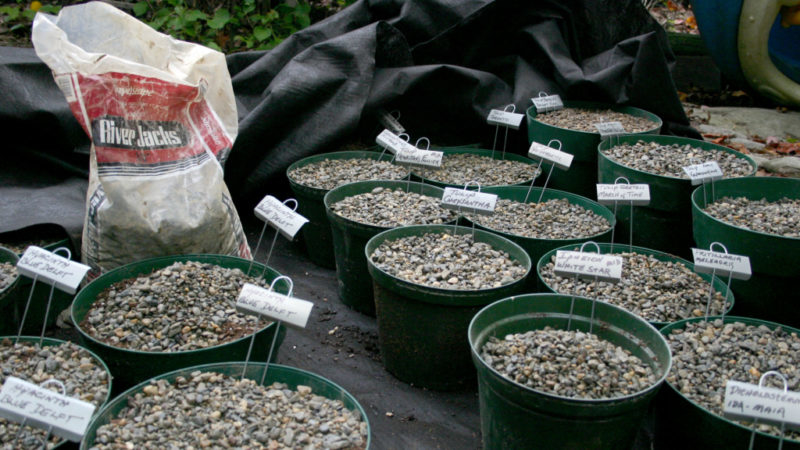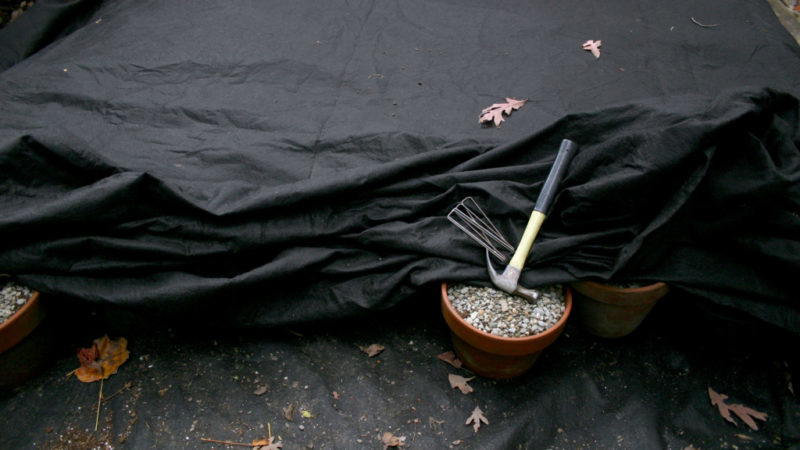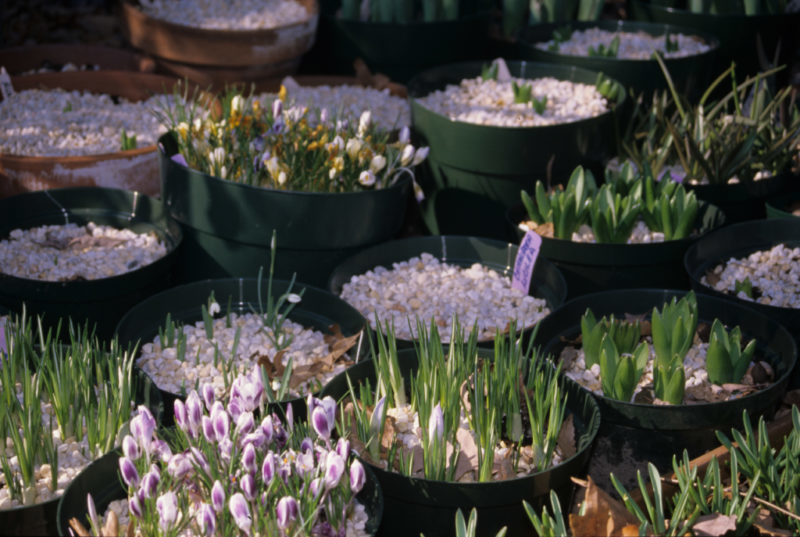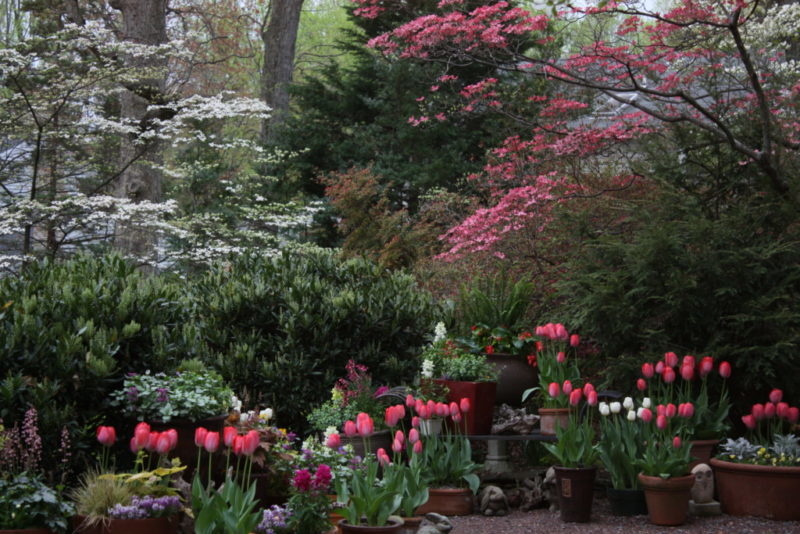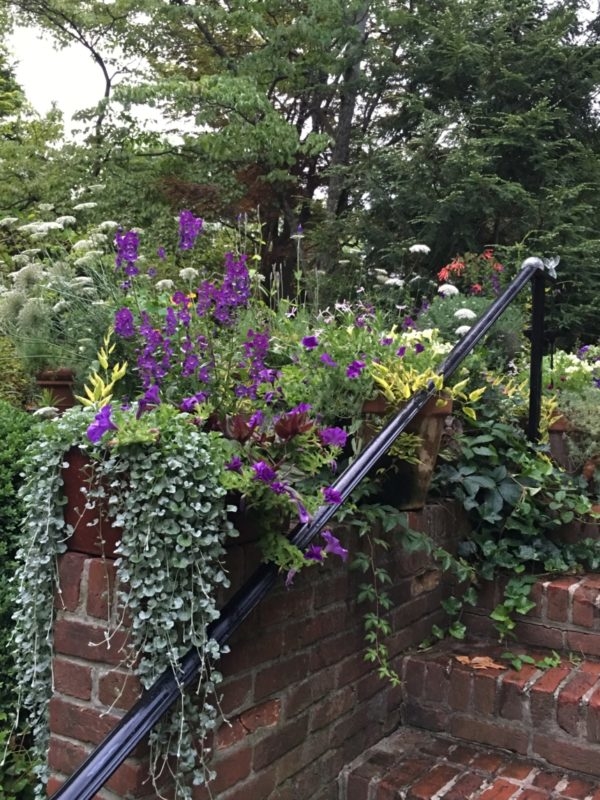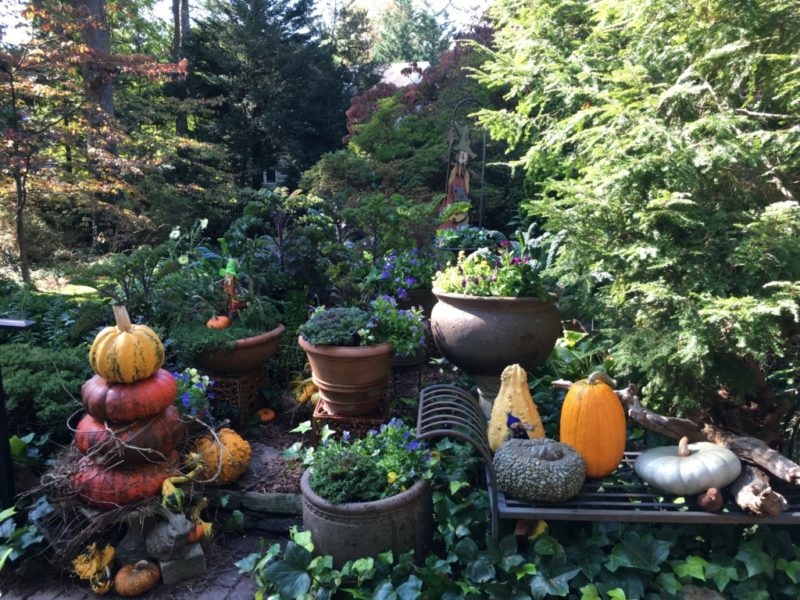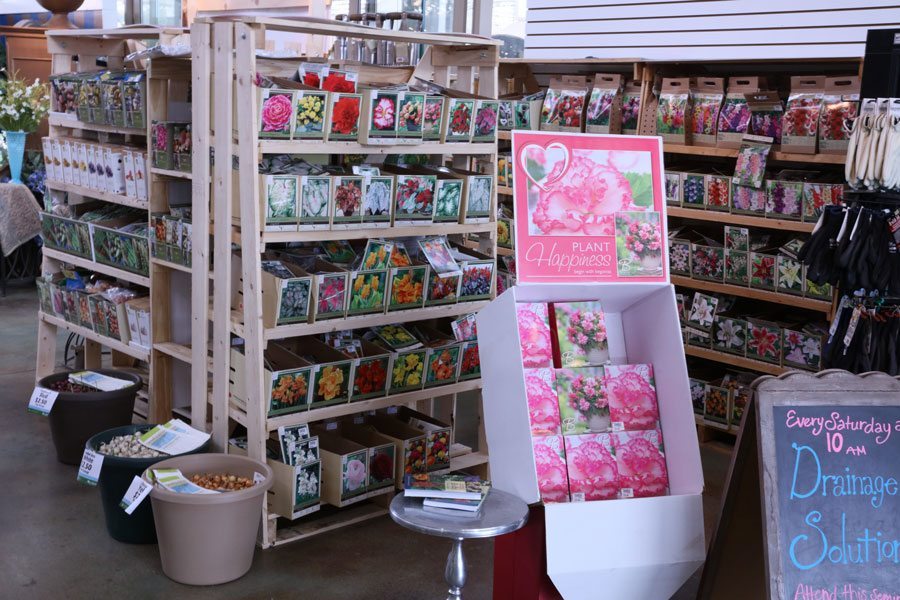Bulb Basics: Planting Bulbs in Containers
You can enjoy bulbs planted in containers on your balcony, deck, patio and even out in your garden. All of these spaces benefit from a pop of color come spring. As you plant your containers for fall and winter, try including a few bulbs to extend your containers into late winter and early spring. For example, one of my favorite things to do is to place bulbs underneath my pansies. As winter progresses towards spring, my bulbs emerge through the soil and fill the space between the other flowers with a fresh pop of spring color.
What you need to get started:
- A container made of well-fired terracotta, high quality clay, ceramic, composite (poly), concrete or any other winter hardy material that is at least 14” in diameter. Make sure your container of choice has a drainage hole in the bottom of the pot. Remove all saucers so that the container does not sit in water.
- Good quality potting soil—I enjoy using our Merrifield Potting Mix or Pro Mix.
- Slow release, natural plant food such as Bulb Tone or Plant Tone. Plants need only small amounts of fertilization in winter.
- Bulbs and plants as desired.
- River Jacks (3/8”), Seminole chips or pea gravel. I add 1” of this small gravel to the top of the pot after it is planted to keep the squirrels from digging into the soil.
- Small piece of landscape fabric to cover drainage holes in the bottom of the pot.
Potting up your containers
Cover the drainage hole in the bottom of the container with your piece of landscape fabric. Fill the bottom 1/3 of the pot with your potting soil. Place your bulbs on the soil surface. If you’re planting above them, I recommend adding five to seven bulbs. Add 2 to 3” of soil on top of the bulbs and mix in your fertilizer.
Place your fall and winter plant selections into your container, loosening the roots as you add them. Tuck soil around the plants, as needed. Fill the container all but 1.5 – 2” from the top. Add 1” of your decorative gravel to the surface to discourage the squirrels from digging into your pots and hold the soil in when watering.Thoroughly water your newly planted container and continue to check it for moisture every three to five days throughout the fall. During the winter months your container will not require much water to survive. I rarely water in the coldest part of winter.
Planting containers with bulbs only:
I also enjoy potting up containers filled with bulbs that I overwinter and then place throughout my yard come spring. For this approach l often plant the bulbs in 2 – 3 gallon plastic pots that I can pop into a more decorative container just as the bulbs come into bloom. When you’re planting bulbs only in a container, you can place as many bulbs as you can fit on the soil, leaving ½” between each and following the planting instructions above, skipping step four. Depending on the number of containers you have time and space for, you can plan and plant for a succession of blooms by selecting a variety of types (such as hyacinth, tulips and narcissus) with various bloom times.
Once the containers are planted, I’ll give the bulbs extra protection by wrapping them in groups with landscape fabric and placing them under shrubs, against the house wall or in another space where they are out of sight.
I cover my containers completely in November and December and uncover them in February after the severe cold has passed to allow them to start their growth.
Winterizing containers in exposed areas:
Containers placed on balconies, decks and in other exposed areas may benefit from additional protection during really cold weather. I’ve found an easy way to increase the temperature by a few degrees. I wrapped the container with bubble wrap (not underneath as drainage is necessary) and wrap over the bubble wrap with burlap or another material that I can tie at the top and bottom with string at the top and bottom, then wrap again over the bubble wrap with burlap or other materials of choice. Tie with string, or a bow if you are feeling festive.
Beauty through the seasons
I love that this method of planting bulbs provides beauty throughout the year. Each season, my bulb containers transition and my garden transforms with the new plants that come into blooms from the same set of containers.
Spring
Summer
Fall
I plant my containers for fall and winter with bulbs beneath for the spring show. Not only can I dress my display up for fall with pumpkins and gourds, but I can also decorate for the holidays with lights, berries, and cut holiday greens.


